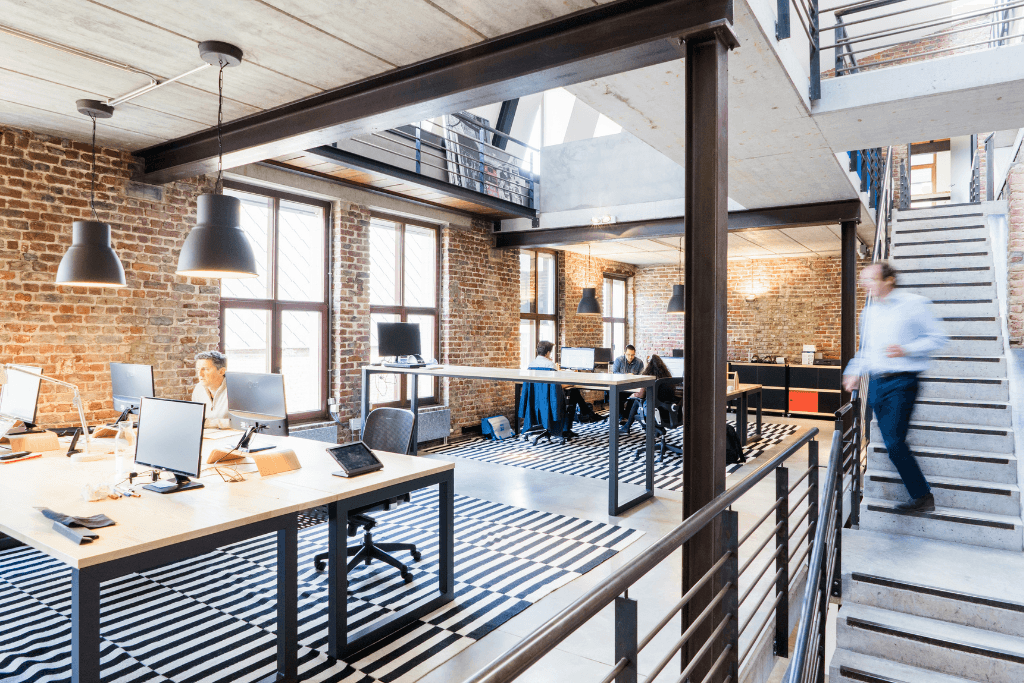“Our house is on fire,” the Swedish activist Greta Thunberg famously said, urging the world leaders to act on the global climate crisis. While Thunberg didn’t directly address the construction industry in this speech, our houses are among the main contributors to the crisis: The building sector accounts for about 40 percent of the global carbon emissions and nearly a third of all waste.
Thanks to the rising awareness about sustainability issues and advancing building technologies, there has been progress in making the sector more efficient. In 2020, the Global Status Report for Building and Construction highlighted opportunities to catch up on climate action.
“Rising emissions in the buildings and construction sector emphasize the urgent need for a triple strategy to aggressively reduce energy demand in the built environment, decarbonize the power sector and implement materials strategies that reduce lifecycle carbon emissions,” said Inger Andersen, Executive Director of the UN Environment Programme (UNEP).
Circular Economy in Construction
Following the industrial revolution, much of our consumption followed a linear model of “take-make-waste”, and buildings are no exception. A rising alternative to this is the circular economy, a holistic approach to economic progress to benefit businesses, society, and the environment.
In a circular economy, buildings are designed to optimize energy and resources, reuse and recycle whenever possible while minimizing or eliminating waste.
The solutions that enable the circular economy also engine growth: According to Roland Berger, innovative businesses in construction add around EUR 600 billion value to the global markets by 2025, with a double-digit growth rate.
“We Must Embrace Circular Economy, But How?”: KREIS Haus Provides Answers
There’s no doubt that the construction sector must embrace the circular economy, given its benefits and the urgency of the climate crisis.
Nevertheless, the transition from a linear model to a circular economy in construction isn’t straightforward. The movers and shakers of construction must have a strong vision, energy, and resources to identify new ways of optimizing a building project. Adapting to these ways fully is only possible with awareness, training, and expertise.
Based in Switzerland, KREIS Haus acknowledged these challenges. KREIS Haus, which stands for “Climate and Resource-Efficient Sufficiency House” in German, is a project for industry leaders to experience and learn to implement their projects within the framework and principles of the circular economy. The project shows how a functioning circular economy can be implemented in the smallest of spaces in buildings.
In KREIS Haus, anything from building materials to the wastewater‘s nutrients — which are reused in the roof garden — is circular. The modular house can be assembled and disassembled anywhere. The complex consists of a residential unit with reduced living space and an attached winter garden, which contributes to the quality of life as a living space and garden at the same time.
Knowledge and Expertise Crucial for Circular Economy Adaptation
The adaptation process to the circular economy in construction doesn’t have a one-size-fits-all formula. This transition requires exposure to possibilities, best practices, training, and experimentation, which are enabled by projects such as the KREIS Haus.
However, for a healthier planet, human populations, and economies, boldly embracing the circular economy is the only way forward.







